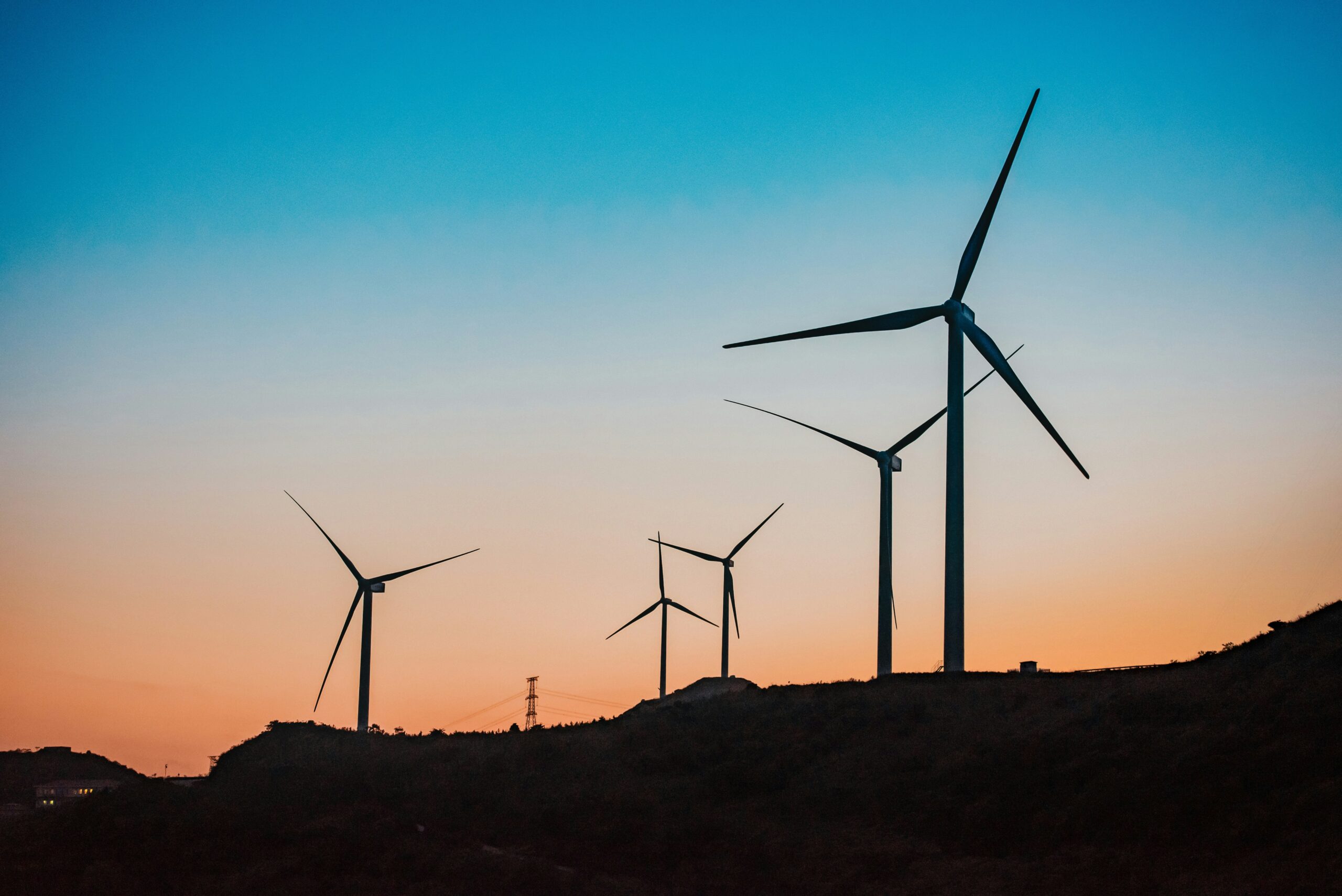Agriculture stands at the crossroads of climate change, simultaneously a contributor to and a potential mitigator of this pressing global issue. As the demand for food increases alongside a growing population, understanding agriculture’s environmental impact becomes crucial.
Globally, agriculture is responsible for approximately 10-12% of human-caused greenhouse gas emissions, according to a report by the Intergovernmental Panel on Climate Change (IPCC). These emissions primarily stem from livestock, rice production, and deforestation. Experts like Dr. Michael Clark from the University of Oxford highlight that reducing agricultural emissions is vital for achieving climate targets.
Understanding Agriculture’s Climate Impact
Livestock alone contributes around 14.5% of global greenhouse gas emissions, as noted by the Food and Agriculture Organization (FAO). Methane, a potent greenhouse gas, is released during digestion in ruminants like cows. Additionally, rice paddies are significant methane sources due to anaerobic conditions.
Deforestation and Land Use
Deforestation for agricultural expansion is another critical factor. By clearing forests, carbon stored in trees is released, exacerbating climate change. An example is the Amazon rainforest, where vast areas are cleared for cattle ranching and soybean cultivation.
Strategies for Reduction
- Adopting Sustainable Practices: Implementing crop rotation, cover cropping, and reduced tillage can enhance soil health and sequester carbon.
- Improving Livestock Management: Incorporating feed additives can reduce methane emissions from cattle.
- Enhancing Rice Production: Alternate wetting and drying techniques can significantly lower methane emissions from rice fields.
Technological Innovations
Technological advancements offer promising solutions. Precision agriculture, utilizing data analytics and IoT devices, optimizes resource use and minimizes waste. This approach helps in reducing the carbon footprint and enhancing productivity.
| Strategy | Impact |
|---|---|
| Crop Rotation | Increases biodiversity, improves soil health |
| Feed Additives | Reduces methane emissions in livestock |
| Precision Agriculture | Optimizes resource use |
| Alternate Wetting and Drying | Lowers methane emissions in rice fields |
| Agroforestry | Enhances carbon sequestration |
| Organic Farming | Reduces chemical usage |
| Carbon Farming | Captures carbon in soil |
| Vertical Farming | Reduces land use |
Pro Tip: Consider integrating agroforestry, which combines trees with crops or livestock, to enhance biodiversity and carbon sequestration.
Case in Point: Regenerative Agriculture
Regenerative agriculture focuses on restoring soil health and biodiversity, which can lead to increased carbon sequestration. Farmers like John from Iowa have successfully implemented practices such as no-till farming and composting, resulting in improved yields and lowered emissions.
FAQs
How can farmers reduce methane emissions?
Farmers can reduce methane emissions through improved livestock feed, manure management, and rice cultivation practices.
What role does technology play in agriculture?
Technology aids in precision farming, resource optimization, and monitoring environmental impacts.
Conclusion
The intersection of agriculture and climate change presents both challenges and opportunities. By implementing sustainable practices and embracing technological innovations, the agricultural sector can significantly mitigate its impact on the environment. As individuals, supporting sustainable farming practices and staying informed about agricultural policies can contribute to a healthier planet.



Leave a Reply